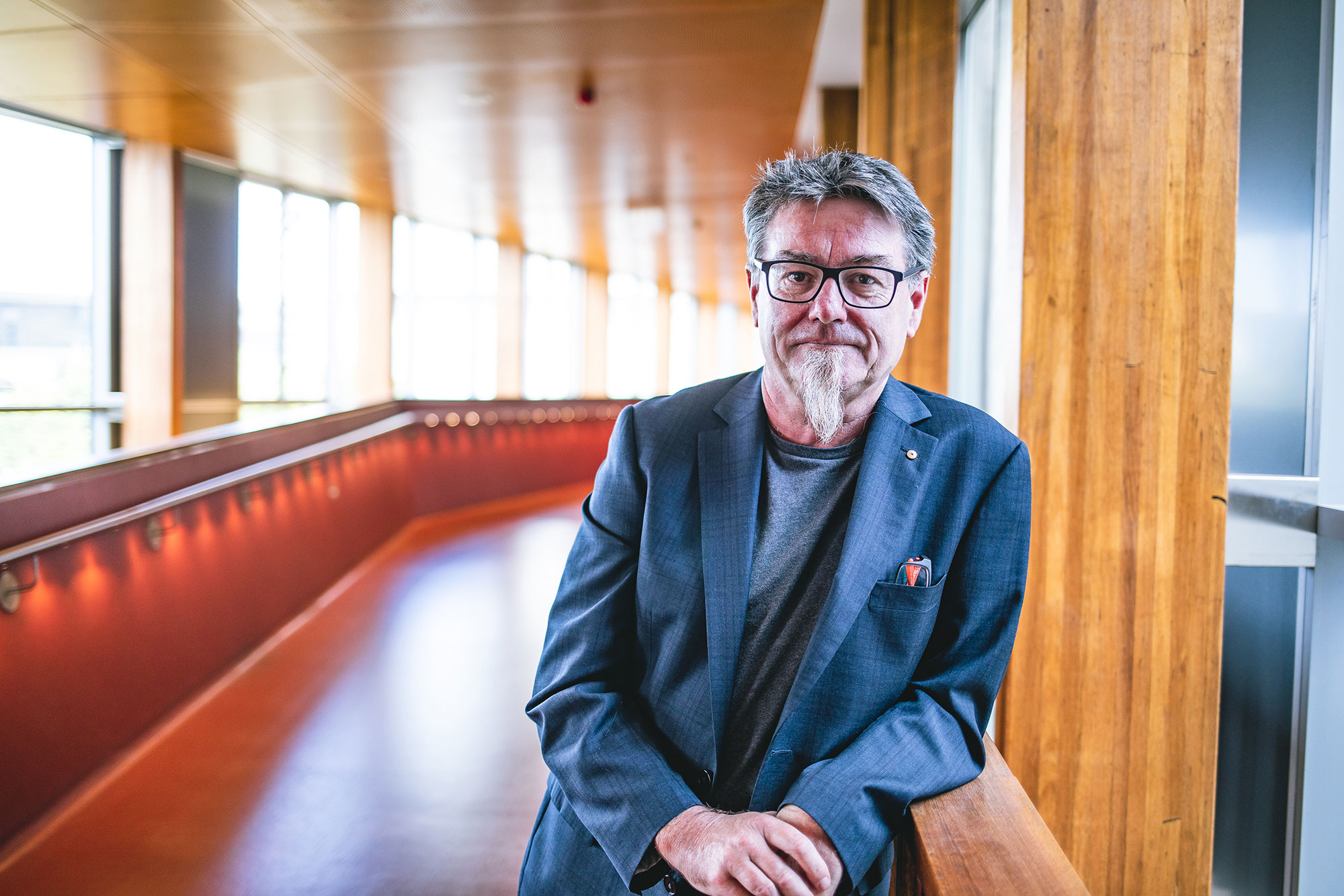News
3D printing bone tissue
Jun 28 2022
A team including researchers from the ARC Centre of Excellence for Electromaterials Science (ACES) have been awarded over $730,000 in funding to develop 3D bioprinting technology to treat severe and chronic skin wounds.

The ACES team based at the University of Wollongong, in conjunction with researchers from Curtin University, world-renowned burns specialist Professor Fiona Wood, and industry partner Inventia Life Science, received the funding in the latest round of grants from the Federal Government’s Medical Research Future Fund (MRFF).
The funding will be used to develop a 3D bioprinting platform prototype for bioprinting skin tissue directly onto model wounds. This work is seen as an important step towards establishing 3D bioprinting technologies for use in surgical theatre, to provide a safe, effective and affordable treatment for skin wounds as an alternative to traditional skin grafting methods.
The ACES team will lead the development of a range bioinks for the project, focused specifically on skin regeneration, rather than simply repair. TRICEP – UOW’s Translational Research Initiative for Cellular Engineering and Printing – will provide critical input in the bioink research process. TRICEP houses world-leading research infrastructure to develop innovative technologies in 3D bioprinting, including printer manufacturing, biomaterials, and bioinks.
ACES Director and Chief Investigator on the project, Professor Gordon Wallace said this funding would be a boost to the team’s emerging activities in this area.
“This project will further the significant success researchers at ACES have had in recent years in developing bioink formulations suitable use in 3D bioprinting to treat a range of clinical conditions,” Gordon said.
“At TRICEP, we are working closely with Inventia Life Science, who has proven success in the translation and commercialisation of bioprinting technology, to boost our development of new delivery (bioprinting) devices. We’ve also worked hard to refine our capacity to develop and scale up bioink production and sterilisation and packaging facilities.
“We’re ready to continue to build our local capabilities in the commercial manufacture of bioprinting technologies as we work towards a revolutionary new system for the treatment of skin trauma.”

(From left) Prof Fiona Wood and A/Prof Pritinder Kaur will join ACES researchers to develop 3D bioprinting technology to treat skin wounds.
Skin stem cell biologist Associate Professor Pritinder Kaur from Curtin University, said skin trauma and the resulting scarring remain a significant clinical challenge and a solution that could accelerate wound healing with reduced scarring has the potential to improve millions of lives globally.
“In Australia, 200,000 people suffer from burns each year and the cost to the Australian community is more than $150 million per annum. In addition to functional limitations, people with scars as a result of chronic wounds commonly suffer psychological complications such as social avoidance and isolation,” Pritinder said.
“3D bioprinting is a highly transformative technology for tissue repair and enables clinicians to directly print different layers of skin onto the wound in a single process, reducing surgical interventions and hospitalisation, as well as a personalised, patient-specific approach tailored to the wound.
“The new pre-clinical treatment could help to promote rapid wound healing, shorten the length of hospital stays, reduce surgery time, improve skin function and scar formation in patients with skin wounds.”
Director of Burns WA Prof Fiona Wood said she was excited to be involved in this collaboration, which combines a range of critical research strengths to achieve robust research outcomes.
“Burns medicine is a highly complex field, and there is always room to improve our approach as our understanding in continually evolving,” Fiona said.
“With such a diverse team from across Australia, from materials engineering to stem cell biology to clinical translation, we can ensure we have the full picture when we translate our research to improve clinical outcomes, to transform the treatment of skin wounds with improved, personalised outcomes for the patient.”













